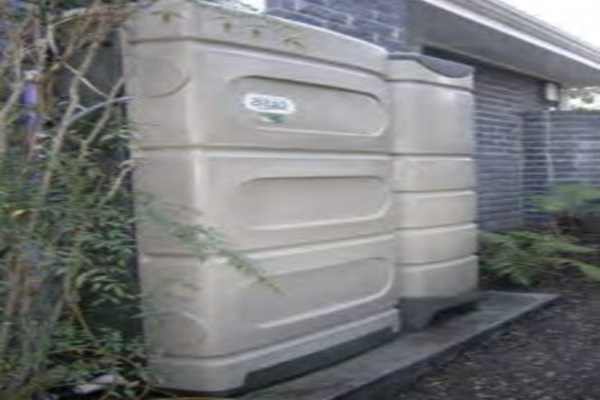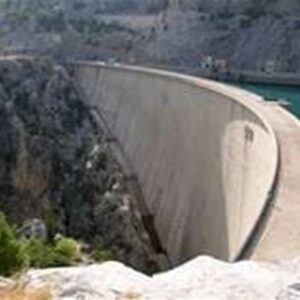Description
Before considering alternatives to increasing the available water supply, it makes sense to ensure that the available water supply is being used efficiently. One commonly unused but available water supply is “graywater.” The term “graywater” (and all its variant spellings: greywater, gray water, or grey water) is defined as the effluent from laundry and bath/shower use in residential facilities. Another definition of “graywater” (although not used in this document) includes other reclaimed water; specifically, wastewater treated to high standards at municipal treatment facilities and then delivered to customers via a “purple pipe” system, a practice common in water-short areas in states such as Texas, California, Arizona, and Florida. “Graywater” does not include water from dishwashers and other kitchen waste water, or water from toilets or urinals; these are collectively called “blackwater.” Consequently, graywater use has a long history in arid parts of the United States where it is common in rural areas. While many states encourage graywater use, others discourage its use. Therefore, consider locally applicable laws and regulations regarding graywater use. While graywater use is technically still illegal in many places, applicable laws and regulations are rapidly changing.






